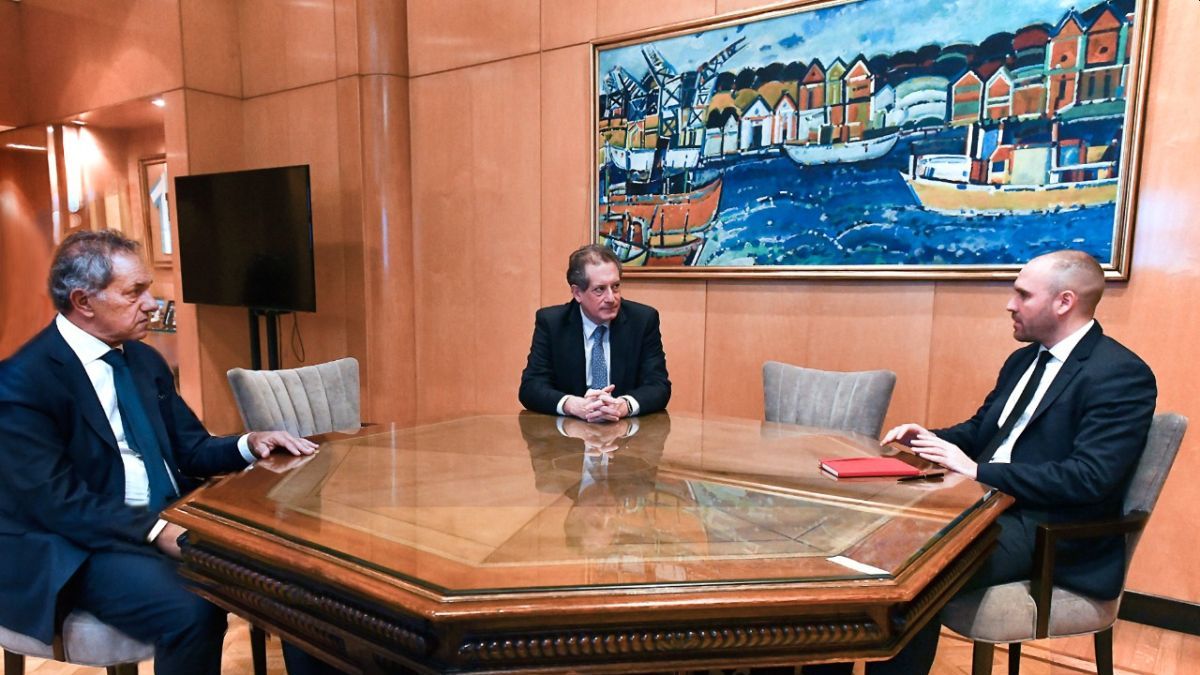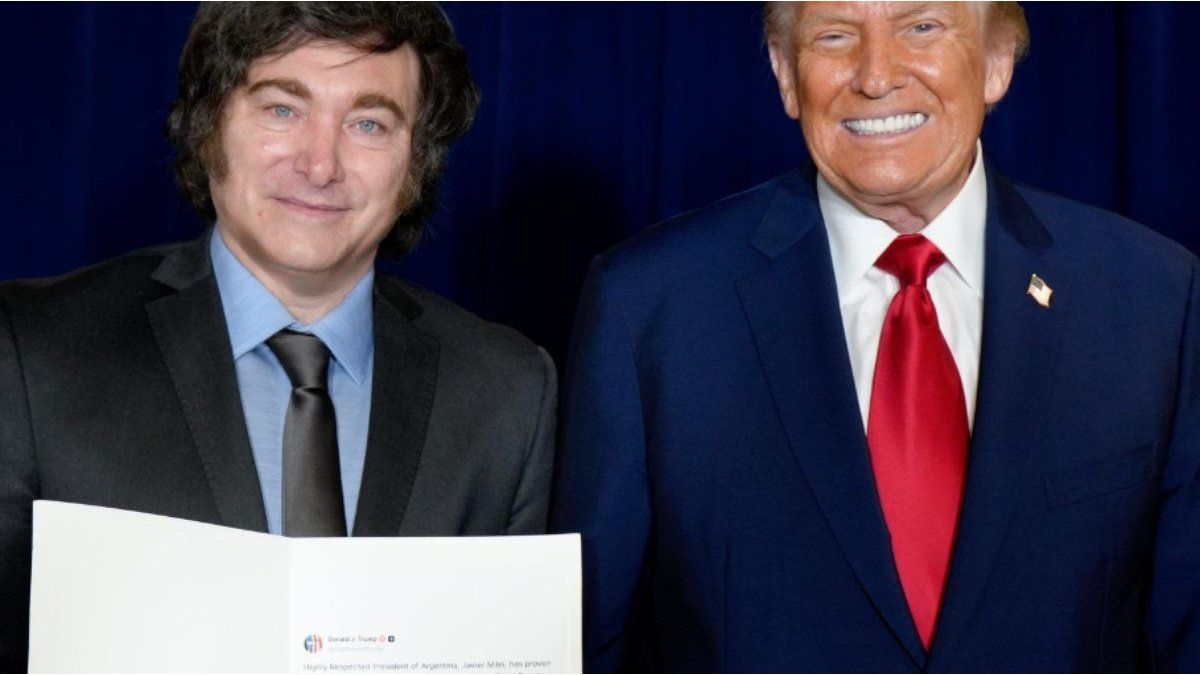The monetary horizon and the dollar
There is a whole legion of analysts, mathematicians and statisticians who make the issuance of pesos their fetish. These gentlemen added what was issued by the BCRA to stop the fall of the bonds with as many pesos that were issued to transfer to the Treasury, that is, for government expenses. The latter yields about $ 290,000 million. In total, more than $700,000 million in just 20 days. So the monetary expansion these days adds up to more than 20% of the monetary base.
Guzmán and Pesce met with businessmen late on Friday. It was a routine conclave. Since the new secretary Guillermo Hang was there, prices were also discussed. But the most important record is that Guzmán sought to reassure and Pesce, to explain. What happens to the demand for placements in pesos? Not all of them, but some companies have millionaire boxes in pesos and a concern: what to do. They were told what is being done from the BCRA: the entity buys bonds in the secondary market and then, with those titles, it “gets” into the swaps proposed by Guzmán, that is, the Ministry of Economy. Something like this was done last week. It goes again: the BCRA issues pesos, buys the bonds that institutional investors sell and then with those holdings participates in the swaps offered by the Economy. In other words, if there were any limit for monetary financing by the BCRA, in this way, with a passing of hands, it seems that the limit does not apply.
Announcements
On the other hand, an important announcement is coming. The Government will relaunch its scheme to manage foreign trade. It will do so tomorrow. The Central Bank, the Ministry of Productive Development and the Economy will be part of the game. On the one hand, as anticipated Ambit, there will be hierarchies in import authorizations. The idea is to allow the entry of everything “that is sensitive to economic growth”, for example, everything related to the construction of the Néstor Kirchner gas pipeline. Alsocompanies will be asked to use their own currencies in case their parent companies can finance imports and that companies that can take international or local credits in hard currency, do so with the possibility of canceling those credit lines after six months. All this was also advanced to businessmen last Friday.
Kristalina, CFK, Colon and Melco
What happened to Christopher Columbus happens to the Government, who believed that the sea gave each man a new hope. The formula used by that two-headed animal that is Guzmán-Pesce seems to have no limits. But there are those who predict that it could have them, in fact. The Monetary Fund, which on Friday the board approved a disbursement of US$4.01 billion (and even agreed to make the criteria for the second quarter more flexible) also called for greater fiscal rigor.
Both inflation and the dollar counted on liquidation (CCL) could act as traffic lights. The first, it is understood, from a certain impulse in the price system based on the greater influx of local currency. However, what could cause some alarm is a possible widening of the exchange rate gap. Was the BCRA selling Global bonds against pesos? It seems not. Or at least not so much. The CCL remains calm in the area of $235. The blue, which touched $226, much less. Why? Because, as has been said in this column last week, it is likely that the “festival” of imports is generating a greater supply of financial dollars and that calms the waters to the detriment of BCRA reserves. On the other hand, one might wonder if this dynamic can continue in the coming months or if the supply of financial dollars can be closed to the extent that the “festival” begins to close its windows to sell dollars at $128.
let’s encapsulate
Once again, all eyes converge on that lady who leads the IMF. Georgieva must review the accounts of Argentina for the second review. We will have to see what she thinks of the formula invented by Guzmán and Pesce. Kristalina could ask for more spending adjustments in exchange for allowing a certain relaxation in the emission, although it will surely be part of the next discussion. Instead, it seems like a good topic for CFK and economist Melconian to talk about. If an agenda of topics could be prioritized for three hours of talk, it is likely that an important part of it could be about how to untangle the issue of the debt in pesos. She worries both of them for different reasons.
Clearing up the “reprofiling” hypothesis, we will have to think about how to manage the most stinging months of the electoral campaign that, as has been seen in recent days, is coming forward. Could the political opposition not play the debate on the debt in pesos? Could a political agreement be reached to think of a joint strategy on the financial front in pesos and play quietly on these important issues? What if the ruling party, the opposition and the IMF evaluate a common strategy that leaves everyone happy? These seem like good questions for both CFK and Melco and Georgieva to think about, discuss and agree on. All crowned with a political agreement that encapsulates these issues.
Source: Ambito
David William is a talented author who has made a name for himself in the world of writing. He is a professional author who writes on a wide range of topics, from general interest to opinion news. David is currently working as a writer at 24 hours worlds where he brings his unique perspective and in-depth research to his articles, making them both informative and engaging.




